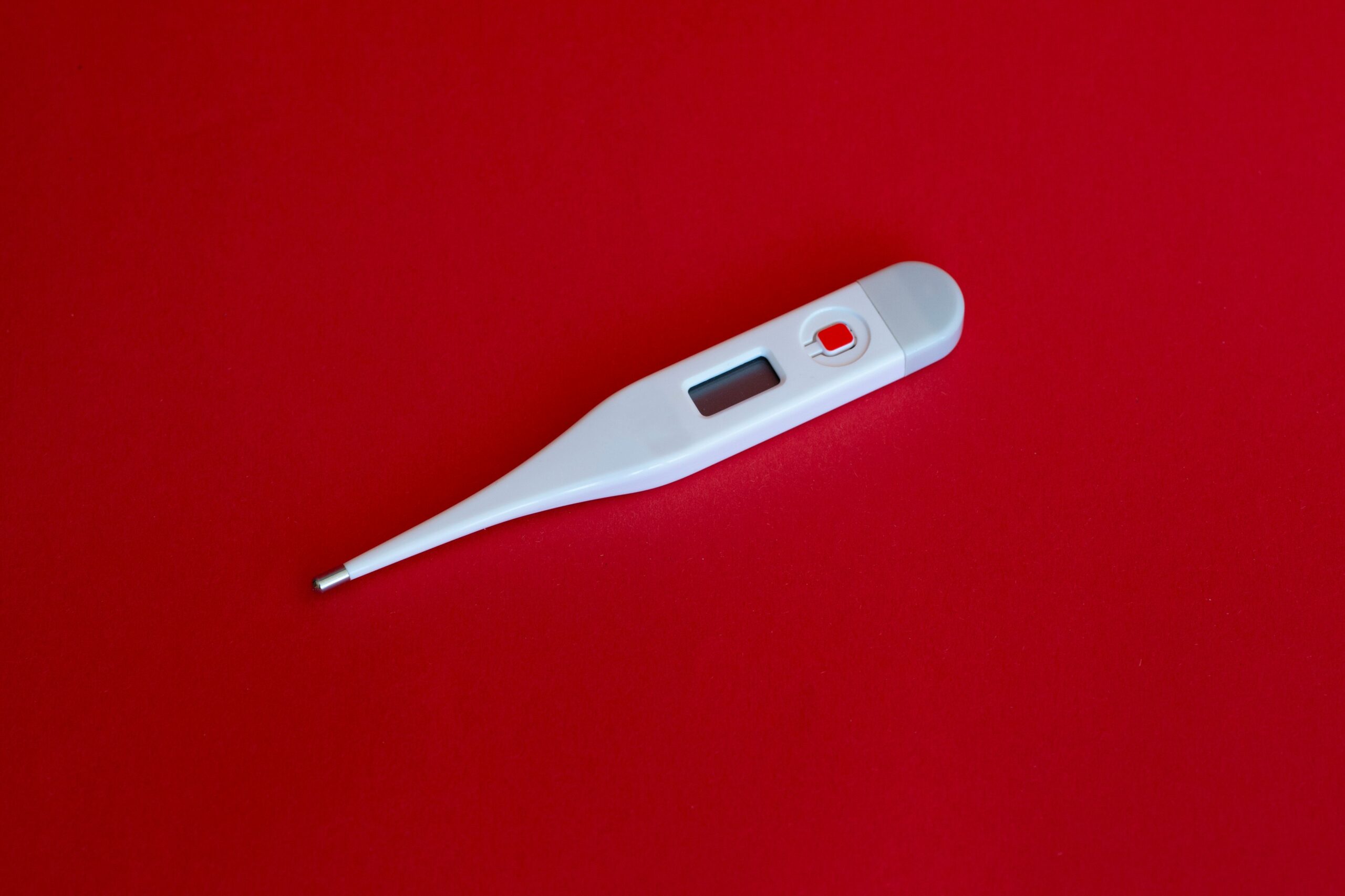Introduction
Hyperkalemia is a medical condition characterized by high levels of potassium in the blood. While it is often associated with diabetes, it can also occur in non-diabetic patients. Hyperkalemia can be a serious condition that requires prompt treatment to prevent complications. In this article, we will explore the treatment options available for hyperkalemia in non-diabetic patients.
Causes of Hyperkalemia in Non-Diabetic Patients
Hyperkalemia in non-diabetic patients can be caused by various factors, including:
1. Medications: Certain medications, such as nonsteroidal anti-inflammatory drugs (NSAIDs), angiotensin-converting enzyme (ACE) inhibitors, and potassium-sparing diuretics, can increase potassium levels in the blood.
2. Kidney Dysfunction: Impaired kidney function can lead to decreased excretion of potassium, resulting in its accumulation in the blood.
3. Acidosis: Metabolic acidosis, a condition characterized by an excess of acid in the body, can cause potassium to move from the cells into the bloodstream.
Treatment Options
The treatment of hyperkalemia in non-diabetic patients focuses on lowering potassium levels in the blood and addressing the underlying cause. The following treatment options may be considered:
1. Dietary Modifications: In mild cases of hyperkalemia, dietary changes may be sufficient to lower potassium levels. Patients may be advised to limit their intake of high-potassium foods, such as bananas, oranges, tomatoes, and potatoes.
2. Medications: Medications called potassium binders, such as sodium polystyrene sulfonate, can help remove excess potassium from the body. These binders work in the gastrointestinal tract by exchanging sodium for potassium, which is then eliminated through the feces.
3. Diuretics: Loop diuretics, such as furosemide, can increase the excretion of potassium through the urine. They are often used in combination with other treatments to help lower potassium levels.
4. Calcium Gluconate: In emergency situations where hyperkalemia is severe and causing cardiac arrhythmias, intravenous calcium gluconate may be administered. Calcium helps stabilize the electrical activity of the heart, temporarily counteracting the effects of high potassium levels.
5. Hemodialysis: In cases of severe hyperkalemia or when other treatments are ineffective, hemodialysis may be necessary. Hemodialysis involves using a machine to filter the blood and remove excess potassium.
Prevention and Monitoring
Preventing hyperkalemia in non-diabetic patients involves managing the underlying conditions that may contribute to its development. Regular monitoring of potassium levels through blood tests can help detect and address any abnormalities early on.
It is important for patients to communicate with their healthcare providers about any medications they are taking, as certain drugs can increase the risk of hyperkalemia. Regular follow-up appointments with healthcare professionals can ensure that potassium levels are properly monitored and managed.
Conclusion
Hyperkalemia in non-diabetic patients requires appropriate treatment to prevent complications. The treatment options for hyperkalemia in non-diabetic patients include dietary modifications, medications, diuretics, calcium gluconate, and hemodialysis. Preventive measures and regular monitoring of potassium levels are essential in managing this condition. If you suspect you may have hyperkalemia, it is important to consult with a healthcare professional for an accurate diagnosis and appropriate treatment plan.
FIND FLASH MEDICAL INFO SEARCH HERE


